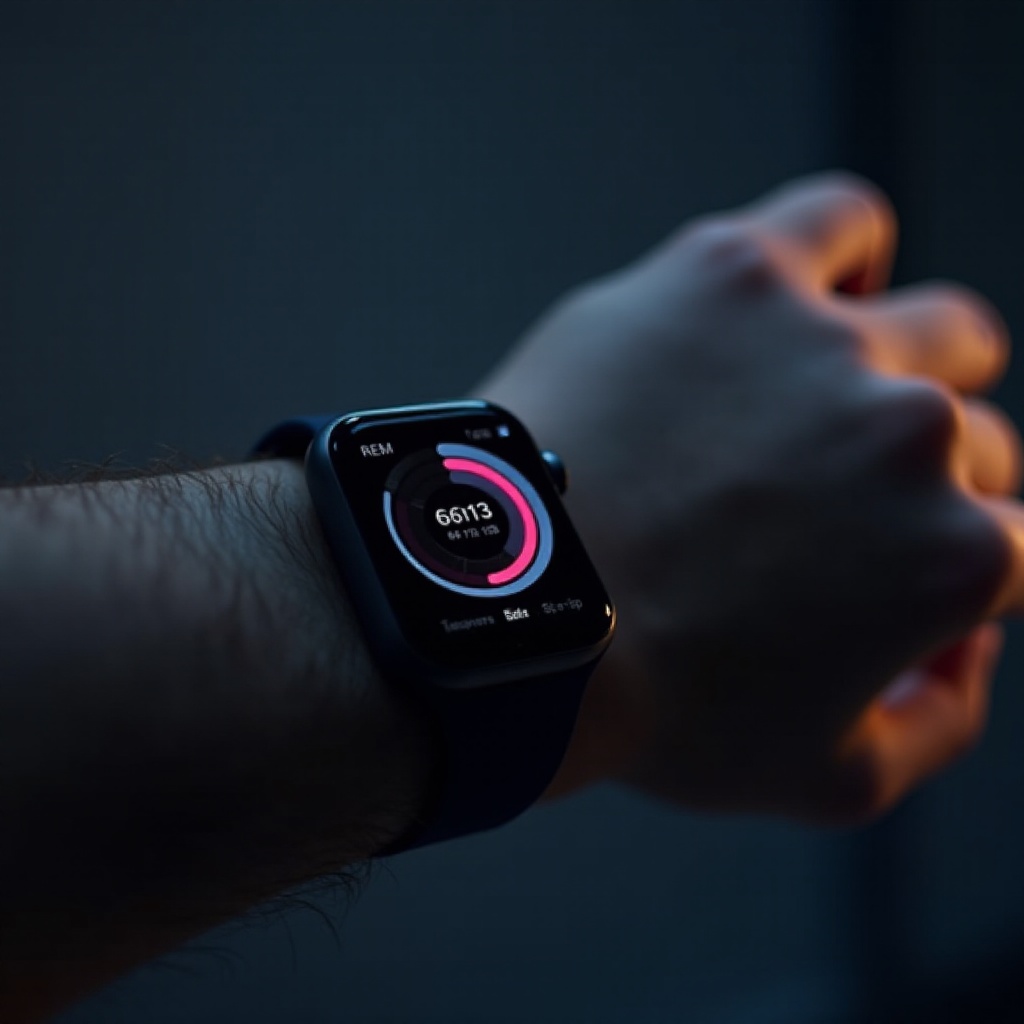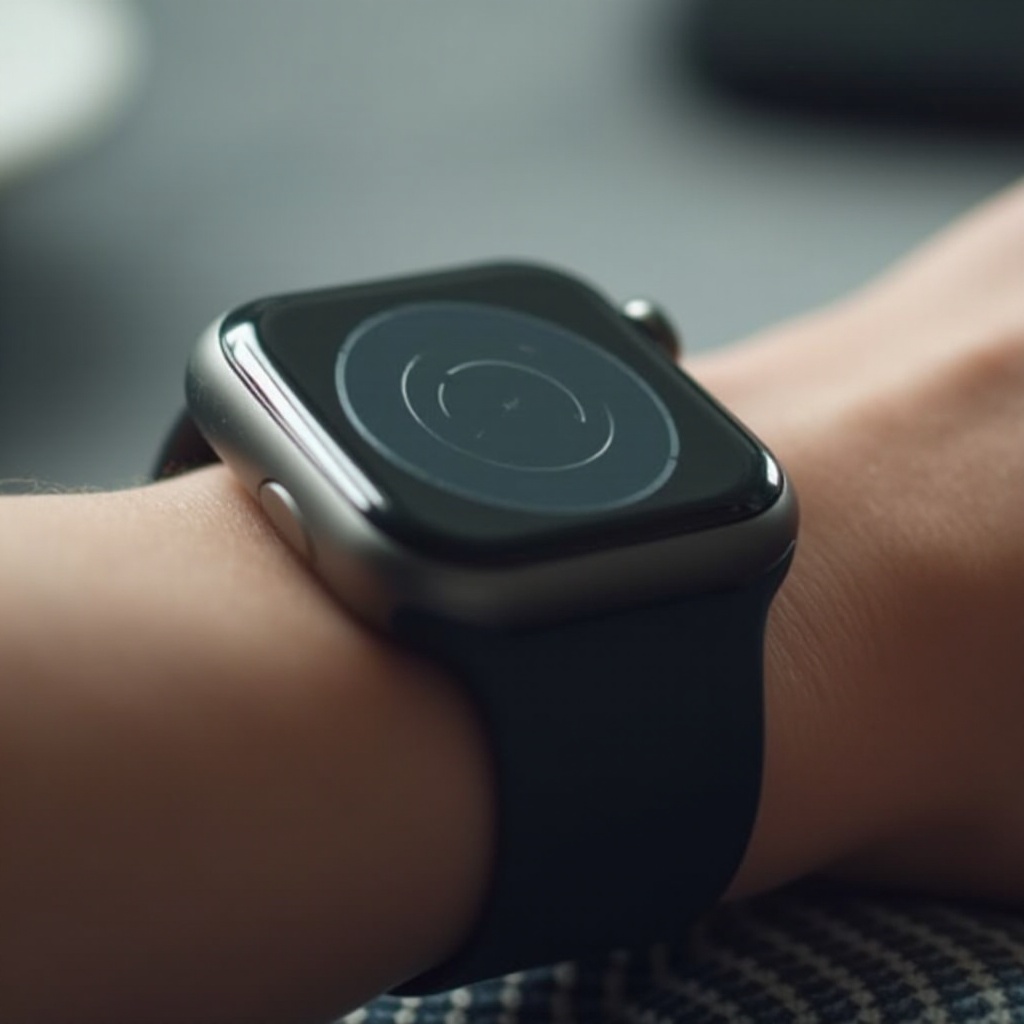
Introduction
Sleep is fundamental to our well-being and understanding its phases can help enhance our health. REM sleep is vital as it plays a key role in cognitive functions like memory and learning. But how does a smartwatch detect REM sleep? This article delves into the complexities of sleep stages, the sensors used, the importance of heart rate variability and movement, the role of algorithms and machine learning in sleep detection, and the accuracy and limitations of these wearable devices.

Understanding Sleep Stages
To appreciate how a smartwatch can detect REM sleep, it’s important to have a basic understanding of sleep stages. Sleep consists of several cycles, including:
- NREM (Non-Rapid Eye Movement) Sleep: This is further divided into three stages:
- Stage 1: Light sleep, transitioning from wakefulness.
- Stage 2: Light sleep with a slower heart and relaxed muscles.
- Stage 3: Deep sleep, crucial for physical repair and recovery.
- REM (Rapid Eye Movement) Sleep: Characterized by rapid eye movements, increased brain activity, and vivid dreaming. It is crucial for cognitive functions like memory consolidation and emotional regulation.
A smartwatch tracks these stages to provide insights into sleep quality and duration, focusing on how long and how well you enter REM sleep.

Sensors Used in Smartwatches
Smartwatches use a variety of sensors to monitor sleep patterns. The primary sensors include:
-
Optical Heart Rate Monitors: These sensors use photoplethysmography (PPG) to measure the volume of blood flow through the wrist. A light source illuminates the skin, and a sensor detects variations in light absorption, correlating with your heartbeat.
-
Accelerometers: These measure movement and orientation. By detecting micro-movements, the smartwatch can determine if you are restless or in a stable sleep state.
-
Gyroscopes: These sensors measure orientation and angular velocity, providing additional data on body movements.
-
Electrodermal Activity (EDA) Sensors: These measure skin conductance, which can vary with sweating due to stress or other physiological responses.
Using these sensors, a smartwatch collects a multitude of data points to analyze sleep patterns accurately.

The Role of Heart Rate Variability and Movement
Heart Rate Variability (HRV) and body movement are critical in identifying different stages of sleep, particularly REM.
-
Heart Rate Variability (HRV): During REM sleep, your HRV increases due to the brain’s heightened activity. Smartwatches use HRV data to pinpoint REM sleep phases effectively.
-
Movement: REM sleep is often marked by a lack of significant movement, as the body is in a state of temporary paralysis to prevent the sleeper from acting out dreams. Tracking movement helps determine whether a person is in REM sleep or a lighter sleep phase.
By combining HRV and movement data, smartwatches can distinguish REM sleep from other sleep stages more accurately.
Algorithms and Machine Learning in Sleep Detection
Algorithms and machine learning play a significant role in sleep detection by processing data from multiple sensors. The data collected includes heart rate, movement, and even environmental factors.
-
Data Processing: Complex algorithms analyze the data to identify patterns indicative of different sleep stages.
-
Machine Learning: By training machine learning models on vast datasets, smartwatches can predict sleep stages with higher accuracy. These models continuously improve by learning from user feedback and ongoing data collection.
This technology allows smartwatches to not only detect but also predict sleep stages with increasing accuracy over time.
Limitations and Accuracy
Despite the advanced technology, smartwatches have limitations in detecting REM sleep accurately.
-
Placement and Fit: The accuracy of sensors can be compromised if the smartwatch does not fit properly or is placed incorrectly on the wrist.
-
Individual Differences: Physiological variations among users can affect sensor readings and, consequently, the accuracy of sleep detection.
-
Environmental Factors: External factors such as room temperature, ambient light, and noise can influence the readings of sleep stages.
Generally, while smartwatches are a convenient tool for tracking sleep, their data should be considered as part of a broader approach to sleep health, including professional sleep studies if needed.
Conclusion
Smartwatches offer a fascinating glimpse into our sleep patterns, especially the crucial REM sleep stage. By combining various sensors, heart rate variability, movement data, and advanced algorithms, these devices provide valuable insights into our rest. However, it is essential to recognize their limitations and consult professional healthcare advice for comprehensive sleep health management.
Frequently Asked Questions
How accurate are smartwatches in detecting REM sleep?
Smartwatches are reasonably accurate but can vary depending on factors like sensor placement, individual physiological differences, and environmental conditions. While they provide useful insights, they are not as precise as clinical sleep studies.
Can all smartwatches track REM sleep?
Not all smartwatches have the capability to track REM sleep. Ensure your device has specific sleep tracking features and sensors such as optical heart rate monitors and accelerometers.
How can I improve the accuracy of sleep tracking on my smartwatch?
– **Proper Fit:** Ensure the smartwatch fits snugly around your wrist.
– **Consistent Usage:** Wear the smartwatch consistently to allow it to collect accurate data over time.
– **Environment Control:** Maintain a consistent sleep environment, free from excessive noise or light.
Embracing these tips can help in enhancing the accuracy of your smartwatch’s sleep tracking capabilities.
